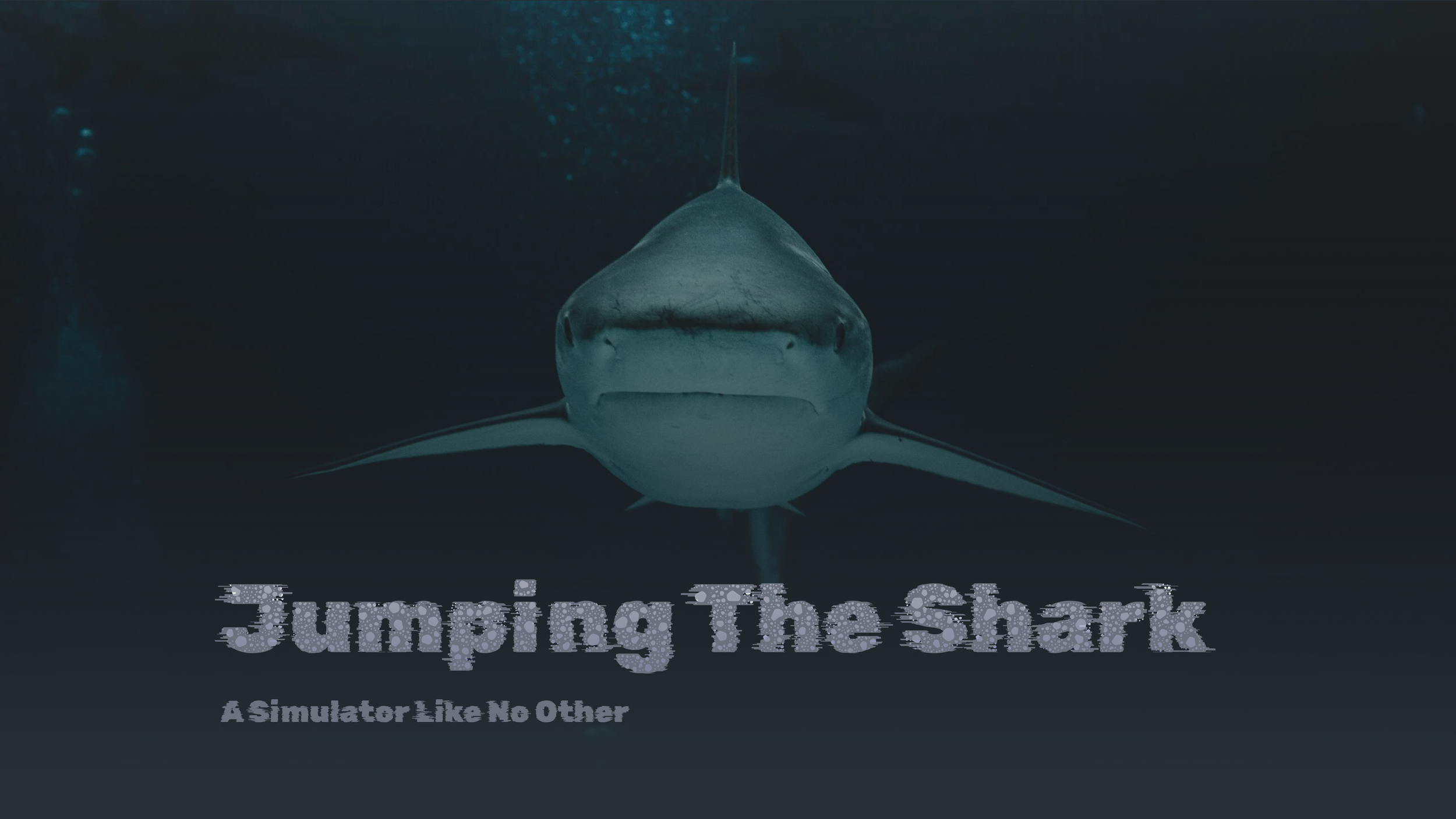
Each station is designed to represent an amalgam of various shark senses & internal equilibrium systems. Similar to a space simulator, the players would have to be in constant communication and perform tasks relevant to their station. For example: the Ears & Nose players have to maintain balance or the Navigator will be unable to move.
Since its conception, this remains my favorite project I have been able to work on.
Through careful mapping of sensory functions to biological systems, we crafted our immersive project stations. These notes directly translated into the stations that formed our final project.
I conducted the majority of the research, structuring the experience accordingly as well as writing & editing both videos while my partner worked on modeling and designing the kiosks & room itself.
Our focus was to demonstrate how humans can unknowingly affect the environment around them, such as when underwater cables distort a Shark’s vision.
The initial mission to navigate while hunting fish is falsely proposed. The last fish is revealed to be bait, where the shark is caught as a result. The goal of the experience was to make conservation education both meaningful and memorable.
This mock exhibit was pitched as a “Shark Simulator” where 5 players at a time could operate the separate biological systems of one Great White Shark. The 5 users effectively become the internal feedback loop of the shark, letting a normally unconscious effort for sharks become a chaotic, symbiotic process for humans.
Intro Video:
Outro Video:

